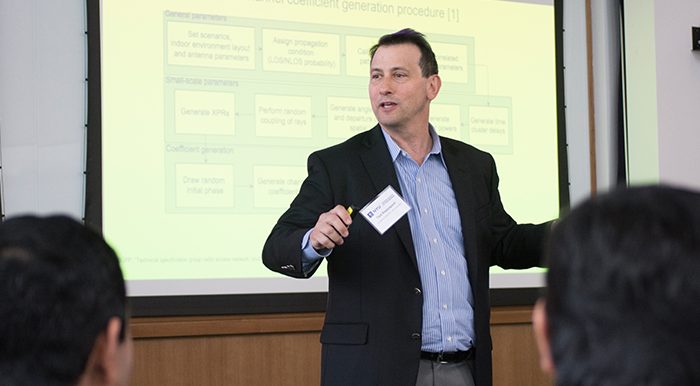Microwave Journal: Interview with Prof. Theodore (Ted) Rappaport of NYU WIRELESS

Verizon deployed mmWave fixed wireless access service late last year in Sacramento (CA) as one of their pilot cities. Recently, Earl Lum surveyed the location of most of the access points and determined their coverage would be marginal and thus results were probably not that great due to the location of many of them – what have you heard?
Fixed wireless access results are good and distances realized are better than thought, especially in LOS scenarios – several Gbps speeds are being realized over greater distances than originally contemplated. However, results are site specific so positioning of units is a key to success. If they are too low or blocked, the results will be poor. It will be important to model the environment and use scattering as a benefit to transmission.
The FCC has made the rules more beneficial to carriers to deploy small cells with less hoops to jump through to field units in cities and faster decisions to speed deployment – what are you seeing on that front?
There is a tradeoff between capacity and coverage – deploying more small cells will result in better overall results for the consumer. To achieve both with 5G mmWave units, we will need to deploy a large number of small cells to get full coverage. Zoning, legal and financial holdups have slowed deployment in the US compared to other countries such as China and South Korea. So the FCC has stepped in to help the US maintain a level playing field so the US remains competitive.

 2025 Brooklyn 6G Summit — November 5-7
2025 Brooklyn 6G Summit — November 5-7 Sundeep Rangan & Team Receive NTIA Award
Sundeep Rangan & Team Receive NTIA Award 2025 Open House
2025 Open House








